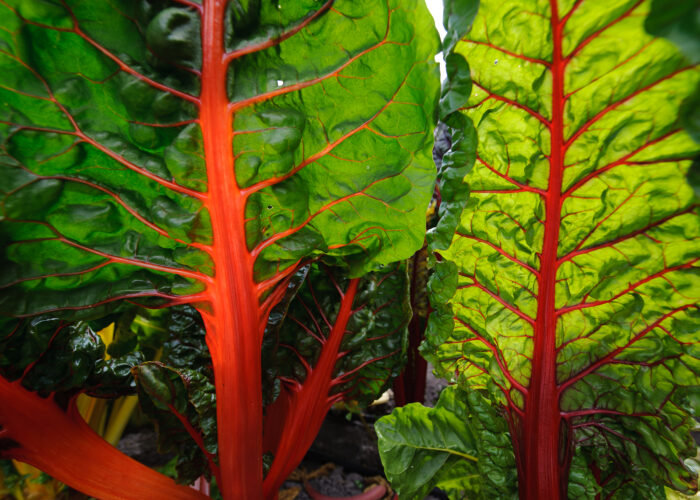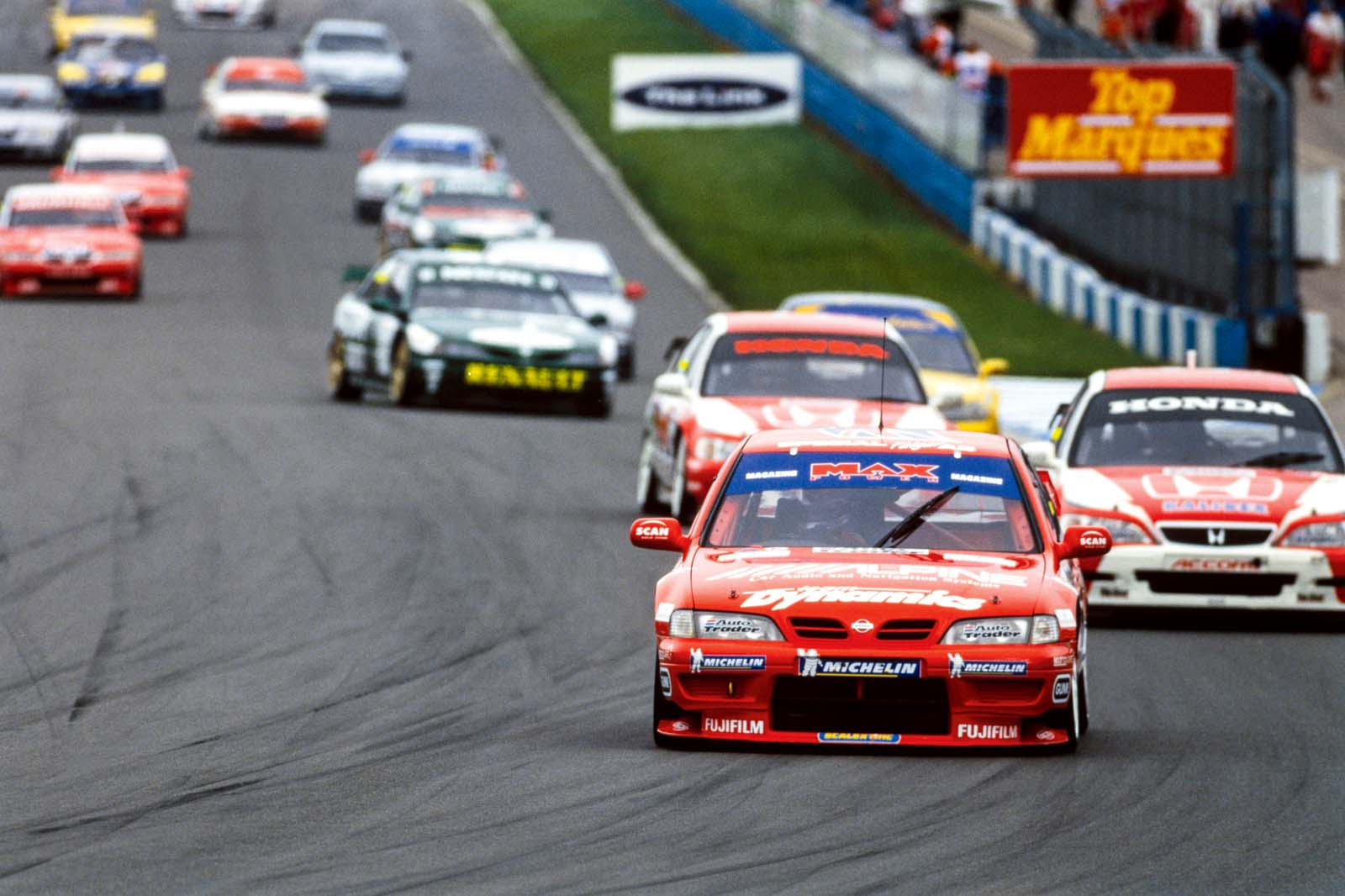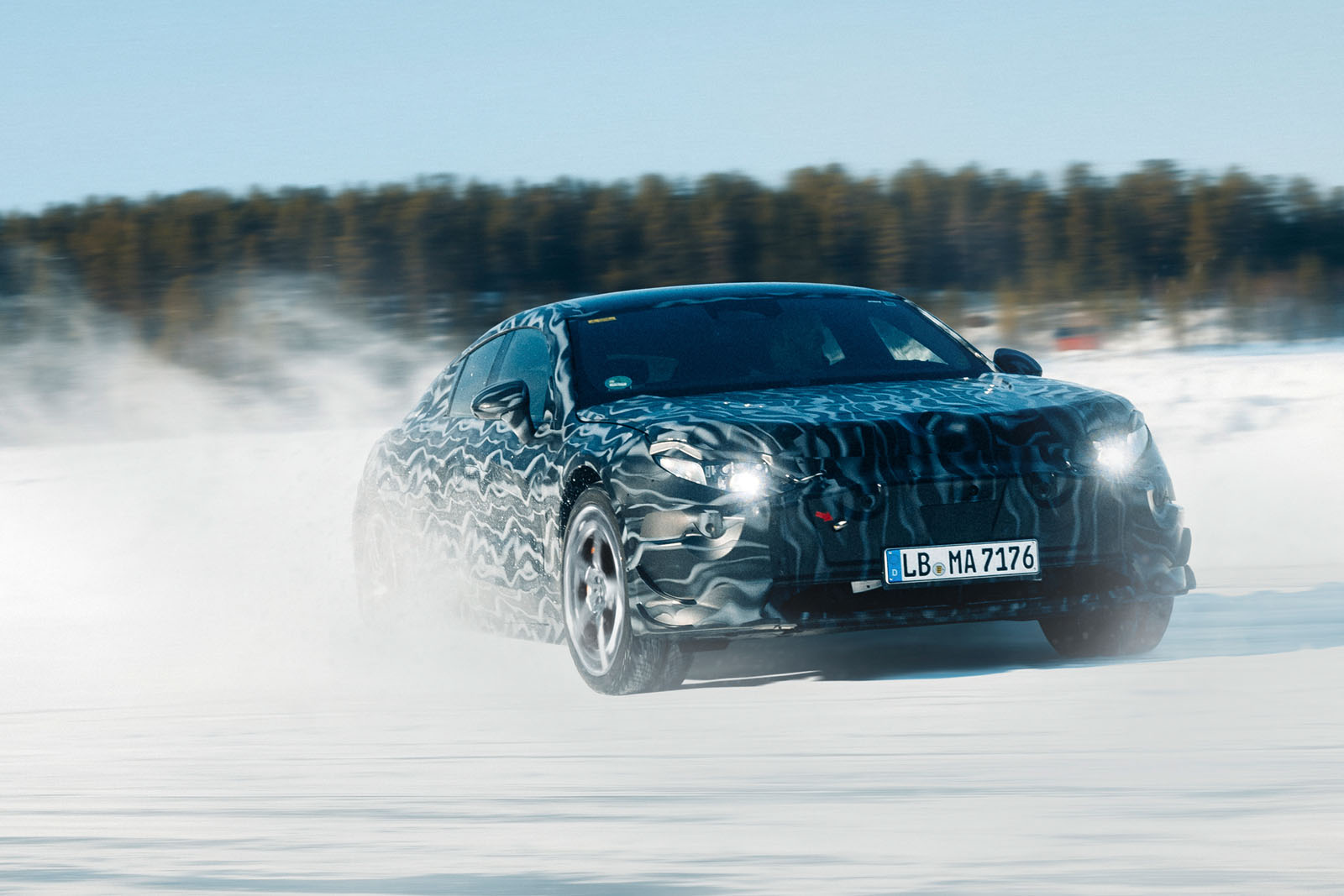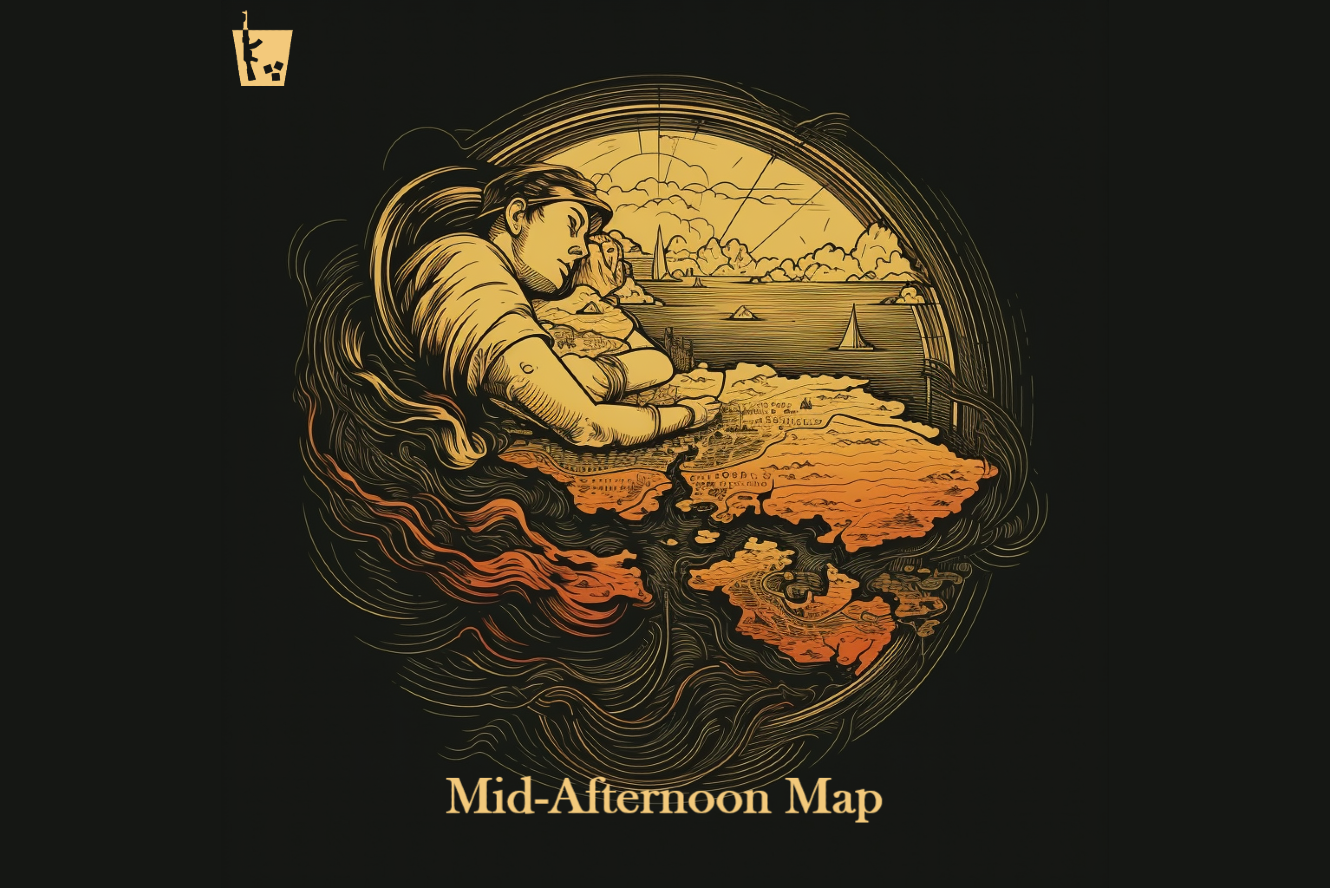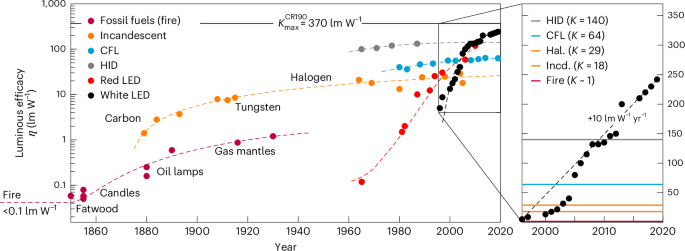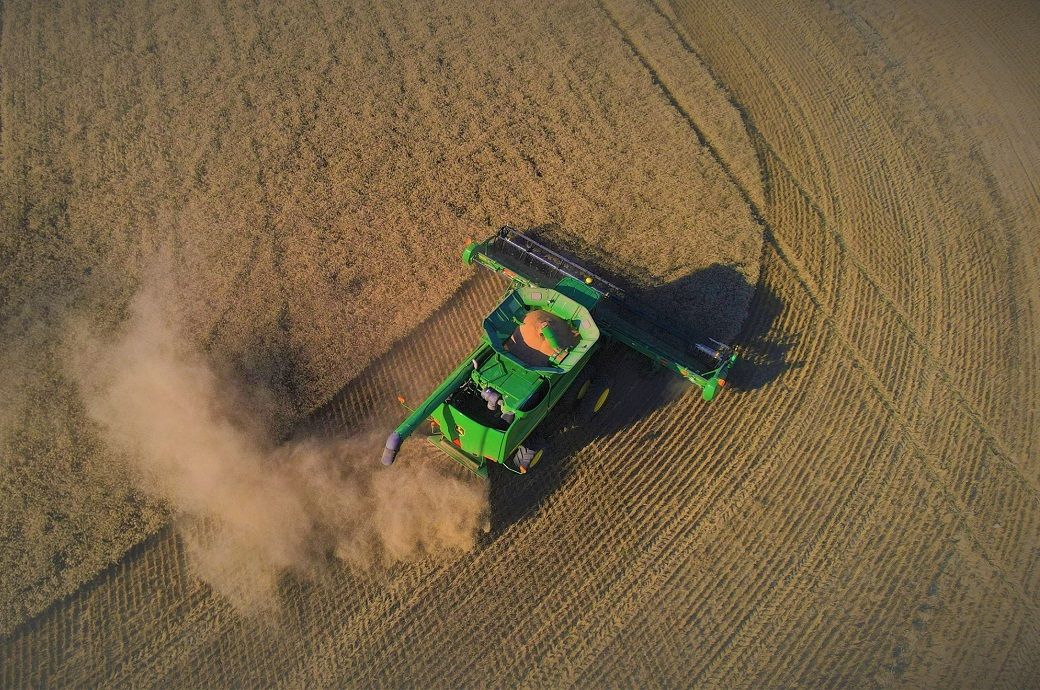db's Bordeaux correspondent Colin Hay’s tour of the Médoc en primeur releases continues with St-Estèphe, an appellation that seems to have negociated the challenges of the vintage remarkably well.
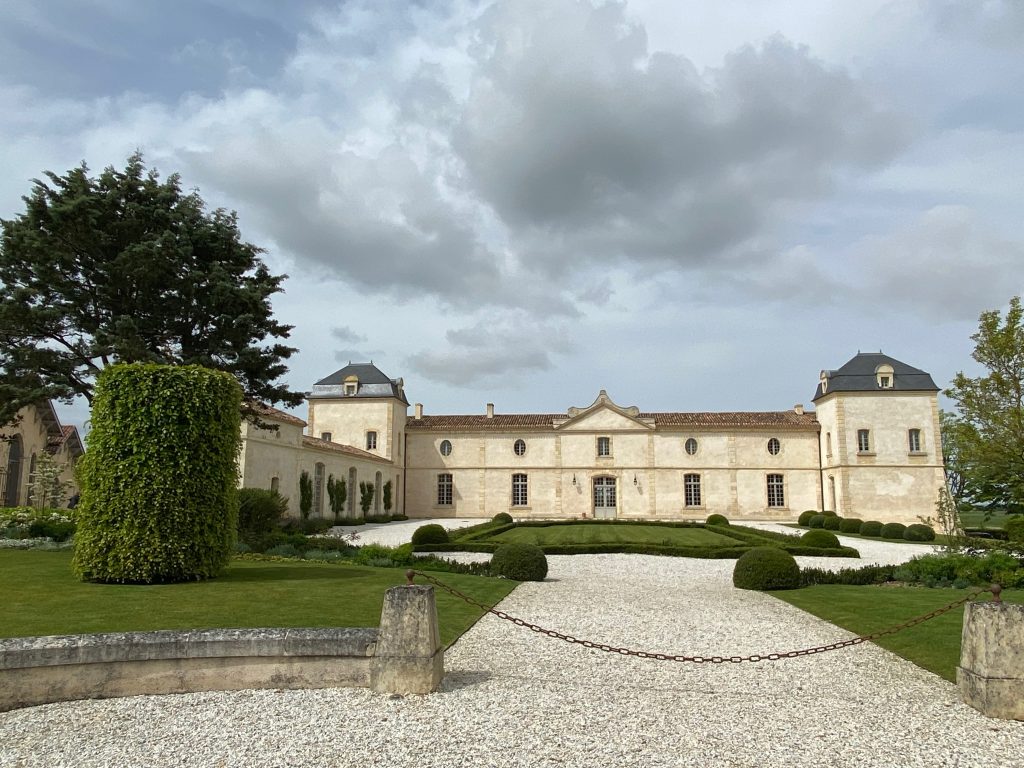
Having broken with tradition in following the rhythm of the early releases to start our (virtual) en primeur tour of the Médoc in Pauillac, we now have an unfamiliar choice to make. Do we head north, or do we turn south? I’m going to suggest that we opt for the northern passage, not that it will take us very far, for the obvious reason that, in this vintage above all, Pauillac and St-Estèphe go together in a way that Pauillac and St Julien do not.
As I tasted through more and more en primeur samples, it became increasingly clear to me that these wines were by no means all cut from the same cloth, with the differences between the left and right-banks and, indeed, within each, seemingly accentuated by the character of the vintage.
Here, and not for the first time, I have to choose my words carefully. For I don’t think this is about uneven exposure to the fickle fate of nature. There was certainly plenty of that. But if the climatic challenges posed by this most challenging of growing seasons were unevenly distributed it was not really at the level of the appellations themselves – none were spared, as Table 1 reminds us.
| |
2020 |
2021 |
2022 |
2023 |
2024 |
10-year
average |
% Change |
| Margaux |
36.3 |
38.6 |
31.3 |
37.7 |
33.1 |
40.3 |
-22.8 |
| St Julien |
34.3 |
35.2 |
34.3 |
50.3 |
32.5 |
37.4 |
-13.4 |
| Pauillac |
37.4 |
35.1 |
34.8 |
47.1 |
29.5 |
41.3 |
-28.6 |
| St Estèphe |
41.2 |
40.7 |
31.5 |
51.6 |
33.6 |
45.2 |
-25.7 |
| Pessac-Léognan |
34.6 |
30.7 |
35.7 |
38.1 |
39.0 |
36.1 |
+8.0 |
| St Emilion (GC) |
36.7 |
27.5 |
41.2 |
40.5 |
36.4 |
38.2 |
-4.7 |
| Pomerol |
39.8 |
28.9 |
32.3 |
45.2 |
28.4 |
37.8 |
-24.9 |
Table 1: Average vineyard yield by appellation (hl/ha) Source: calculated from Duanes data compiled by the CIVB Service Economie et Etudes
Yet those challenges produced rather different results in the Médoc, with quite a stark contrast in style between the Northern Médoc (here, Pauillac and St-Estèphe) and the southern Médoc (here, St Julien, Margaux and the classed growths of the Haut-Médoc). In
Pauillac, as I have already suggested, the effect was often to produce wines characterised by a certain austerity, even severity. They are solid, sometimes stolid, angular and even at times rather foursquare. Their elevated acidity and their often slightly aggressive tannins will surely soften in time. But these wines are likely to be far less accessible in their youth than their sweeter-fruited and more aerial and aromatically expressive cousins to the south.
So when I came to St-Estèphe, if anything I was expecting more of the same – ‘Pauillac plus’ as it were. But this is a complex vintage and one in which one’s expectations are often confounded. In fact, the wines of St-Estèphe in 2024 seem if anything to cope with the natural austerity of the vintage better than those of their neighbours across the appellation border to the immediate south. Perhaps more aware of the dangers of a caricatural heaviness and severity in a growing season in which the total hours of sunshine were some 30 per cent below the average, I detect a greater sensitivity and restraint in the wine-making – at least at the leading estates. These wines seem better to have embraced the vintage rather than to seek to compensate for it.
Another factor, as the final column of Table 2 suggests, is that the yields in the leading estates were significantly higher than those in Pauillac, with the typically later onset of floraison (flowering) on the appellation’s cooler soils ensuring that it occurred in more propitious conditions. The result was less coulure and millerandage and, as a consequence, blends for the final wines (though certainly high in Cabernet Sauvignon) somewhat closer to the norm.
| Wine |
% Merlot |
% Cabernet Sauvignon |
Yields
(hl/ha) |
| 2020 |
2021 |
2022 |
2023 |
2024 |
2020 |
2021 |
2022 |
2023 |
2024 |
| Calon Ségur |
12 |
7 |
24 |
15 |
9 |
78 |
81 |
70 |
72 |
82 |
45 |
| Cos d’Estournel |
38 |
30 |
37 |
33 |
38 |
62 |
64 |
61 |
65 |
60 |
c. 30 |
| Montrose |
23 |
31 |
25 |
21 |
17 |
71 |
62 |
66 |
75 |
80 |
38 |
| Lafon Rochet |
33 |
26 |
31 |
29 |
24 |
61 |
69 |
65 |
64 |
70 |
34 |
| Phélan-Ségur |
42 |
21 |
56 |
38 |
30 |
54 |
75 |
40 |
60 |
68 |
30 |
| Average |
30 |
23 |
35 |
22 |
24 |
65 |
70 |
60 |
67 |
72 |
35 |
Table 2: Percentage of Merlot & Cabernet Sauvignon in the grand vin, 2020-24 and final yield (hl/ha)
There are many highlights and many vintage-transcending wines.
Montrose is quite simply, for me, the left-bank wine of the vintage – a wine of staggering depth and originality, yet also of an ethereal and aerial beauty and profound aromatic complexity. It is clearly on a qualitative par with the first growths, as it has now been for a number of vintages.
Montrose Terrace III is also utterly glorious and the two together are a study in
terroir typicity. It is, of course, a wine that will not be released
en primeur but it is a wine that it is difficult not to covet!
Cos d’Estournel is truly fabulous in this vintage as well. It deserves all of the acolytes it will surely find amongst the leading critics.
As a final note it seems important to underscore the potential value to be found in a number of wines in the
appellation that compete in what is now a very crowded market a little below the hights set by Montrose, Cos and Calon-Ségur. Incentivised perhaps by that competition, each has radically improved the quality of its wine-making in recent years without increasing its price point. I speak, of course, of
de Pez,
Cos Labory,
Phélan-Ségur,
Ormes de Pez,
Meyney,
Le Boscq,
Le Crock and
Capbern (though I should perhaps also include
Tronquoy, a wine that will not be released e
n primeur but which clearly falls within the category).
Highlights in 2024
Best of the appellation:
Greatest successes:
- Montrose Terrace III 94-96+
- Cos d’Estournel 94-96
- Calon-Ségur 92-94+
- De Pez 92-94+
- Lafon-Rochet 92-94
Value picks:
- De Pez 92-94+
- Phélan-Ségur 92-94
- Cos Labory 91-93+
- Le Boscq 90-92
- Les Ormes de Pez 90-92

 Having broken with tradition in following the rhythm of the early releases to start our (virtual) en primeur tour of the Médoc in Pauillac, we now have an unfamiliar choice to make. Do we head north, or do we turn south? I’m going to suggest that we opt for the northern passage, not that it will take us very far, for the obvious reason that, in this vintage above all, Pauillac and St-Estèphe go together in a way that Pauillac and St Julien do not.
As I tasted through more and more en primeur samples, it became increasingly clear to me that these wines were by no means all cut from the same cloth, with the differences between the left and right-banks and, indeed, within each, seemingly accentuated by the character of the vintage.
Here, and not for the first time, I have to choose my words carefully. For I don’t think this is about uneven exposure to the fickle fate of nature. There was certainly plenty of that. But if the climatic challenges posed by this most challenging of growing seasons were unevenly distributed it was not really at the level of the appellations themselves – none were spared, as Table 1 reminds us.
Having broken with tradition in following the rhythm of the early releases to start our (virtual) en primeur tour of the Médoc in Pauillac, we now have an unfamiliar choice to make. Do we head north, or do we turn south? I’m going to suggest that we opt for the northern passage, not that it will take us very far, for the obvious reason that, in this vintage above all, Pauillac and St-Estèphe go together in a way that Pauillac and St Julien do not.
As I tasted through more and more en primeur samples, it became increasingly clear to me that these wines were by no means all cut from the same cloth, with the differences between the left and right-banks and, indeed, within each, seemingly accentuated by the character of the vintage.
Here, and not for the first time, I have to choose my words carefully. For I don’t think this is about uneven exposure to the fickle fate of nature. There was certainly plenty of that. But if the climatic challenges posed by this most challenging of growing seasons were unevenly distributed it was not really at the level of the appellations themselves – none were spared, as Table 1 reminds us.








